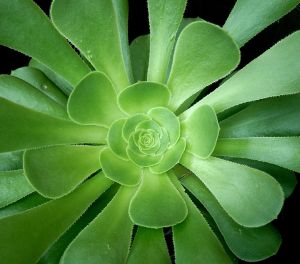How to Find Water When Lost In the Wilderness
There are certain skills that you need in order to increase your chances of survival in the wilderness. One of the most important of them is knowing how to find water.
The human body is made predominantly of water and it requires a regular supply of this substance in order to ensure that it functions properly.
If you are dehydrated you will suffer from weakness as well as decreased mental capacity and prevent you from taking the right steps that will keep you alive until help arrives.
There are many sources of water in the wilderness but they will not always be easy to find especially in the dry season.
The first thing you should do is look at your map, if you have one, for the location of streams or rivers. If you passed a stream earlier, try to backtrack to it. Make sure that you mark your path so that you can find your way back easily.
Certain topographical features indicate the presence of a stream. You might find some water at the bottom of a ravine or even below a dry creek bed.
The base of a cliff is another likely location for water. You might have to dig below the surface in order to locate some moisture. If there is only a moist area and no clear water, you could sop it up with your shirt and squeeze the water into your mouth.
Another clear cut indication of the presence of water is trees and bushes. You might have to dig down a few feet in order to locate water and will rarely be disappointed.
Certain trees and plants collect water within their stems and leaves. Cacti and succulents are the best examples of them. 
It is not easy to get at the water because of their tough covering, but you are likely to be rewarded with water if you do so.
Be on the lookout for fruits and berries you could eat, after making sure that they are not poisonous and that there are no dangerous animals nearby who are also attracted by them.
You should also be very careful about drinking from a stagnant pool especially if you cannot see any signs of life in it.
Condensation usually occurs at night when the temperature drops. You can try to collect it by spreading a blanket over a depression in the ground.
You should also be prepared to collect water in case it rains. Crevices in rock and depressions in tree branches and roots are natural places where rain water and condensation gets collected. Make sure you take the water before it gets evaporated.
Try to collect water in a container if it rains. A container that is wider than it is deep is the best way to collect rain water. You could also try to fashion a large funnel out of a blanket in order to collect more water.
If you are caught in the wilderness during winter you will have access to a lot of ice or snow. Make sure that you melt it before you drink it because consuming too much ice can cause your body temperature to drop drastically, with fatal consequences.
You should do all you can to collect water even if you have some stores with you because you have to be prepared for all eventualities.
Similar Articles:
What is Survival Guide
Survival Kit Preparation
Survival Tips – How to Stop Bleeding
Survival Basics – Weather Prediction |














